
Carnival Masks and their History
Masks throughout history have been one of the most sacred objects for many civilizations. To understand why they are, it is necessary to delve into their history.
Brazil
February 13th to February 21st, 2026
The Rio de Janeiro Carnival is a whirlwind of vibrant colors, infectious rhythms, and explosive energy that will keep you moving until dawn.
Imagine the carnival parades that gather more than five million people each year dancing to the most contagious samba.
Immerse yourself in the magic of the Rio Carnival. Don’t miss the opportunity to experience the party of your life that will awaken all your senses.
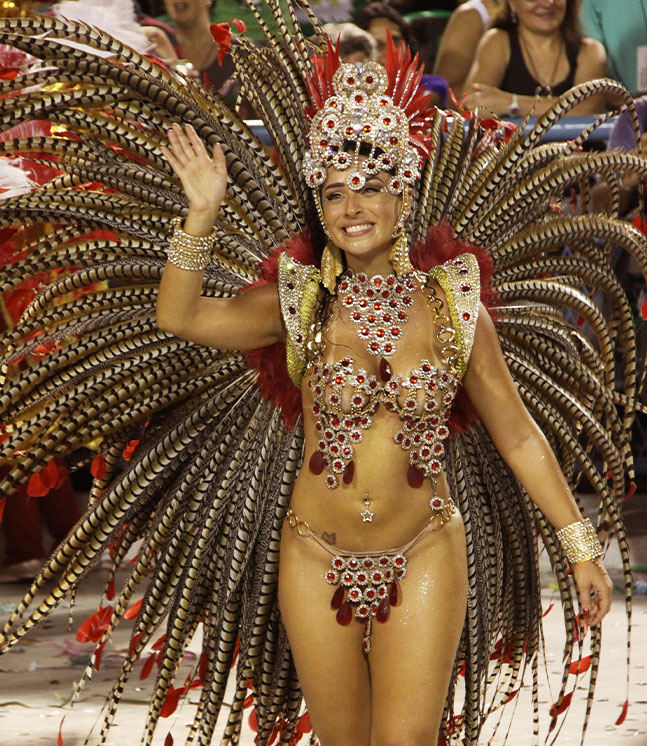
The carnival in Brazil does not have a fixed date, although it always officially begins on the Friday before Ash Wednesday, the first day of Lent, and ends on Carnival Tuesday, the day before Ash Wednesday.
During these days, you can enjoy the full spectacle of Brazilian carnival, especially the blocos throughout Rio and the samba parades, particularly in the Sambadrome.
When is the Rio Carnival in 2026?
The Rio Carnival in 2026 will take place from February 13 to 21.
The main parades, featuring the best samba schools, are scheduled for the nights of February 15, 16, and 17. The festivities will culminate with the champions’ parade on February 21.
This vibrant celebration is known for its spectacular parades, lively street parties, and its cultural significance in Brazil.
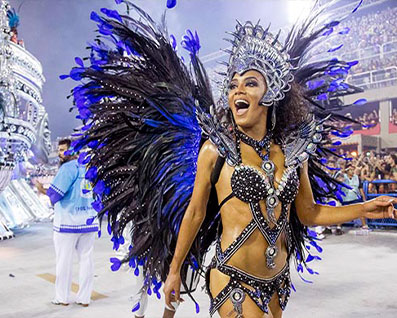
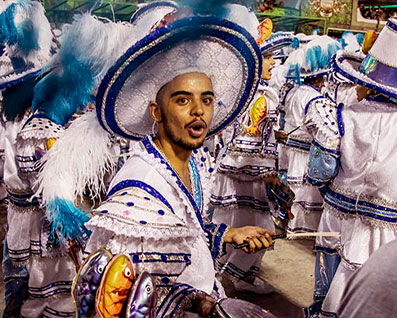
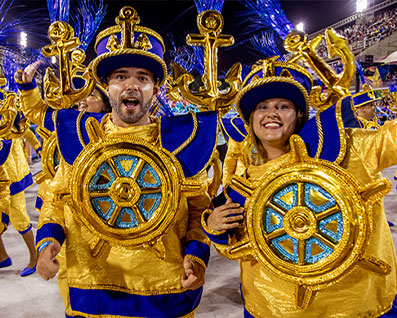
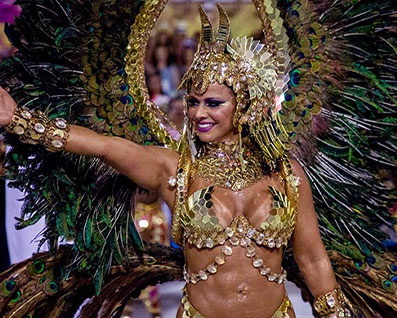
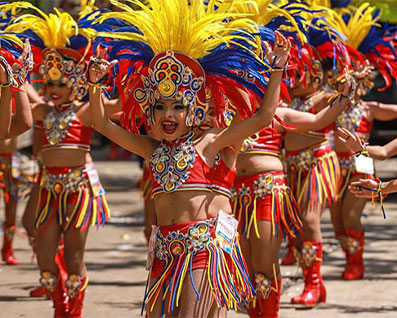





The Rio de Janeiro Carnival is both a public and private celebration. You can freely attend the blocos, also known as street parties and samba parades, or buy tickets to attend the celebrations of masked dances and night parties, which are a lot of fun and glamorous, and you cannot miss.
The Samba Parades of Rio de Janeiro are an explosion of color, dance, music, and joy, where everyone, regardless of race or background, aims to enjoy this moment to the fullest.
From the Access Group Parade, through the Special Group to the Champions Parade, and the Children’s Samba Parade, each samba school offers a unique performance.
The Access Group or Series A features a series of fascinating performances from the Samba Parade, where elite samba schools and novice samba schools march and compete fiercely to be part of the Special Group the following year.
It is a combination of aspirations, experience, and excitement that makes this carnival parade unique and thrilling.
The twelve best samba schools participating in the Special Group Parade rehearse their dances and choreographies enthusiastically in an area called “Concentração“, at the gates of the Sambadrome.
These carnival groups compete to win the title of champions, which brings them fame and fortune. The Independent League of Samba Schools of Rio de Janeiro is responsible for organizing and directing this parade.
The six best samba schools from the Special Group will participate in a final contest in the Champions Parade at the Sambadrome, where they will reaffirm their place at the top. The judges will decide who takes the champion title.
The Sambadrome fills with thrilling music and frantic applause, making the cariocas celebrate victory by dancing and singing nonstop to the infectious samba music. This parade concludes the carnival.
Children also have the opportunity to participate in their own Children’s Samba Parade at the Sambadrome.
This parade of the children’s samba schools is held on the Friday after the Carnival holiday and entry is free.
Many children have committed to this Brazilian samba tradition, ensuring its continuity over several generations.
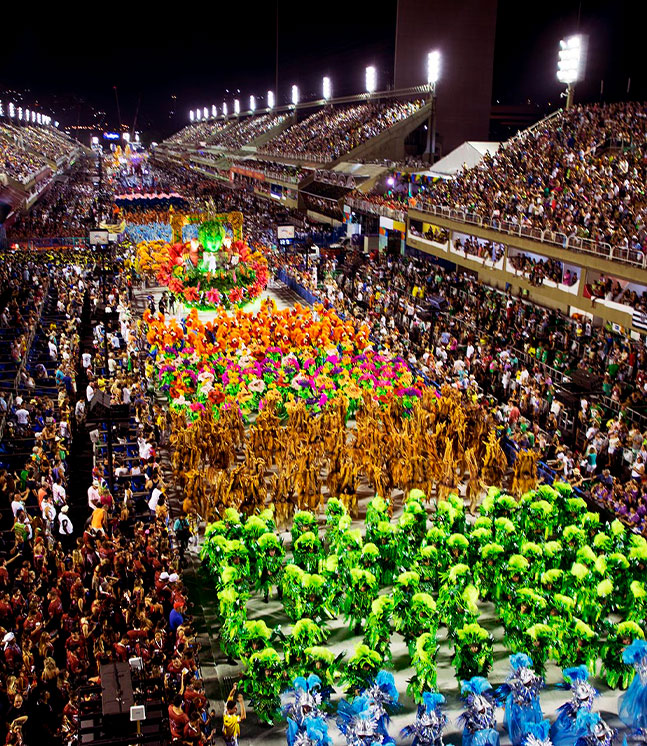
The Rio carnival is the carnival of beauty. And, unlike what critics like to say, one year is never the same as the last. Caetano Veloso
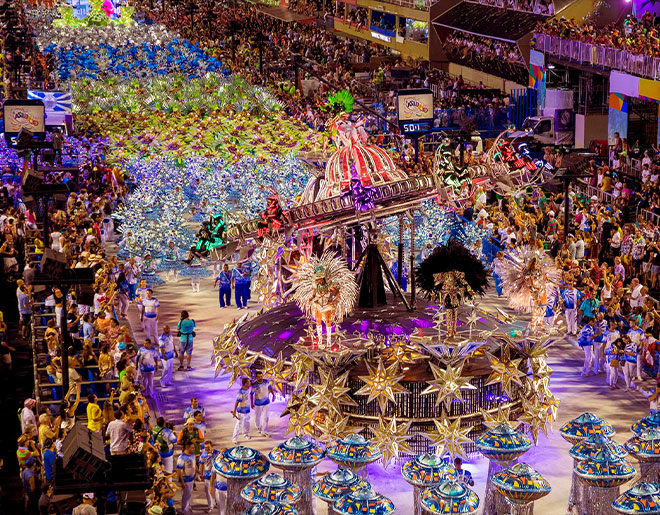
The Rio de Janeiro Carnival takes place at the Sambadrome Marquês de Sapucaí in the beautiful city of Rio de Janeiro, Brazil, where samba schools parade with their spectacular floats and costumes. However, the celebration is experienced throughout the city, with carnival blocos enlivening the streets and beaches.
The Rio Carnival, one of the world’s most exuberant festivals, has its roots in a rich mix of cultures. Its origins date back to ancient Greek, Roman, and European celebrations, which merged with African traditions brought by enslaved people. These individuals, seeking an escape from oppression, found in the Carnival a space to express their joy and identity.
In the early 20th century, the carnival began taking shape in Rio de Janeiro with the emergence of the first samba schools. These groups, primarily composed of Afro-descendants, created a unique style of music and dance that became the soul of the carnival. Over the years, the parades of the samba schools became increasingly elaborate and spectacular, attracting millions of visitors from around the world.
Today, the Rio de Janeiro Carnival is a colossal event that brings the city to a standstill for several days. Millions of people gather in the Sambadrome to watch the samba school parades, competing for the champion title. Beyond the party, Carnival is a celebration of cultural diversity, creativity, and the joy of life.
The election of the Carnival Queen of Rio takes place among the women considered the most beautiful and sexy in beauty and dance contests. The Carnival Queen is accompanied by King Momo.
Legend has it that when Momo, a god from Greek mythology, was expelled from Olympus, he decided to settle in Rio de Janeiro. When King Momo signals, the Rio Carnival begins, and the carnival fever spreads throughout Rio.
The Sambadrome, designed by Oscar Niemeyer, is the main stage of the Rio Carnival. This 700-meter runway, built in 1984, concentrates the world’s largest spectacle in one place.
With a capacity of over 75,000 spectators, the Sambadrome is the pulsating heart of the party, where samba schools parade showcasing all their splendor.
The blocos are the street parties that bring the Rio de Janeiro Carnival to life. These musical and festive groups, with contagious energy, roam the streets of the city during the carnival days.
Each bloco has its own identity, costumes, and varied rhythms. They offer an authentic experience where music, dance, and joy mix in an explosion of color and enthusiasm. They showcase cultural diversity and provide an opportunity to participate in the carnival.
The urban carioca samba is the contagious soundtrack born in the favelas, enriched with African influences, that accompanies the samba school parades and street parties.
Samba tells stories and legends through its lyrics and melodies, while the syncopated rhythms and percussions invite dancing and celebration.
Samba is much more than a musical genre; it is an expression of identity, a way of life, and the element that unites all participants in this unforgettable party.
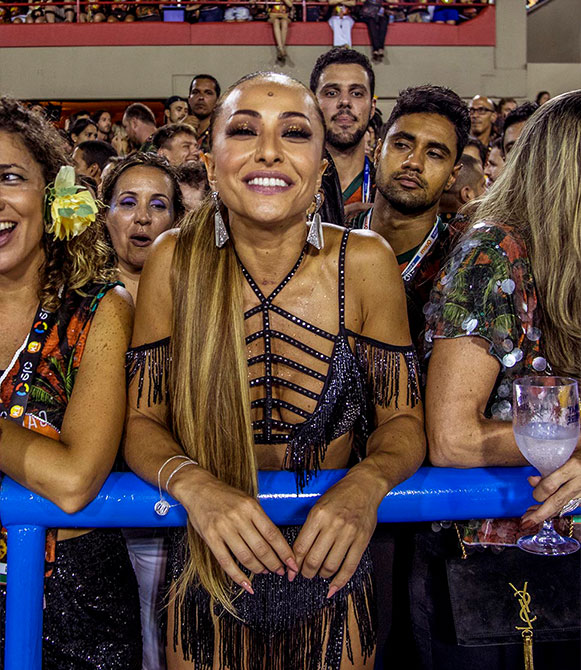
If you’re wondering what to do, what to see, where to stay, where to eat, how to get there, or what to bring to not miss the Carnival, don’t worry. Here’s everything you need to know. Get ready to enjoy it like never before.
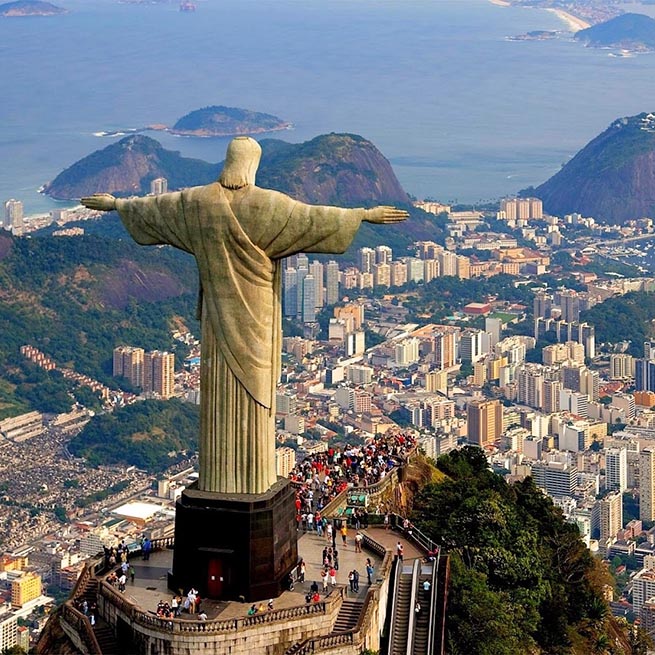
What to do at the Rio de Janeiro Carnival? The options are endless. Enjoy the spectacular parades in the Sambadrome, where the samba schools compete with vibrant costumes and impressive choreography.
Immerse yourself in the blocos de rua, street parties filled with music, dance, and joy in neighborhoods like Santa Teresa and Copacabana. Experience the nightlife energy in clubs and exclusive events.
Explore the city by visiting Sugarloaf Mountain or Christ the Redeemer for a cultural breather. If you prefer something more relaxed, enjoy the beaches of Ipanema and Leblon while observing how the entire city vibrates to the rhythm of carnival.
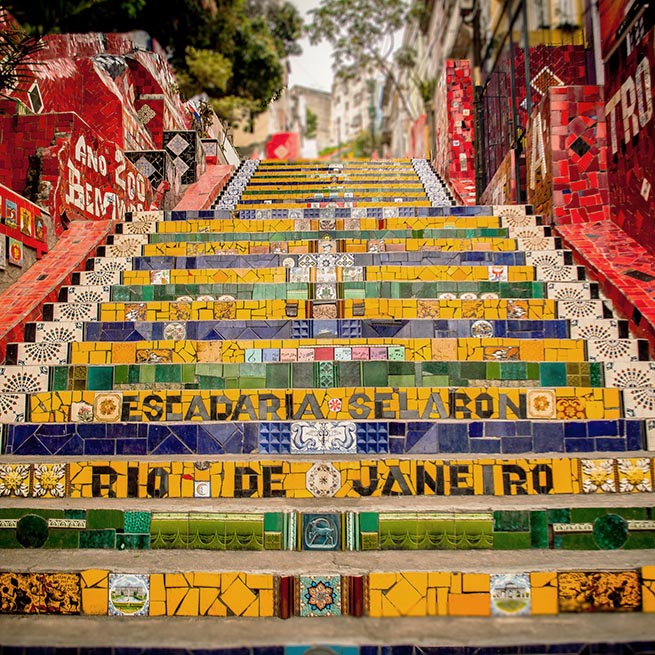
What to see in the Rio de Janeiro Carnival? During the Rio Carnival, there is much to see beyond the parades at the Sambadrome.
Admire the vibrant blocos de rua, like the famous Cordão da Bola Preta in the center.
Visit Christ the Redeemer and Sugarloaf Mountain for spectacular views of the city. Explore the colorful Santa Teresa neighborhood with its art and cobblestone streets.
In Lapa, enjoy the Arches and the night bustle. The beaches of Copacabana and Ipanema are a spectacle in themselves, full of life and culture. Also, visit the Selarón Steps and local museums for a cultural touch.
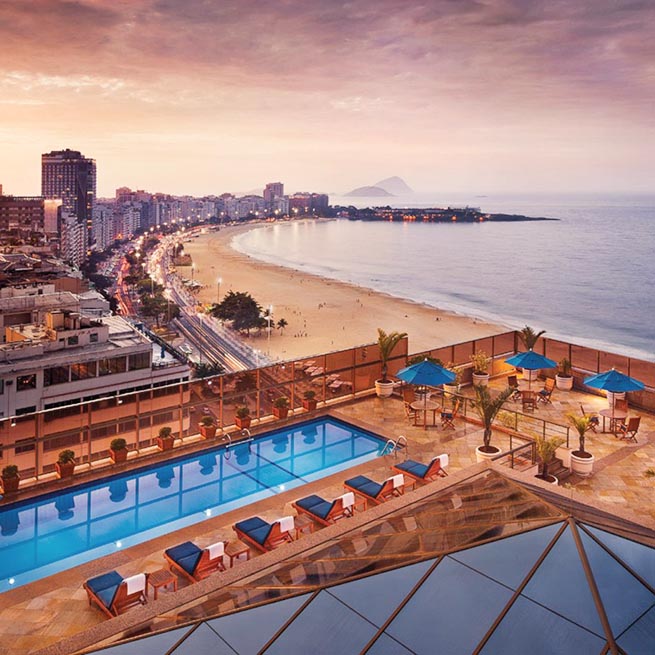
Where to stay during the Rio de Janeiro Carnival? For accommodation during the Rio de Janeiro Carnival, consider strategic options based on your style.
Copacabana and Ipanema are ideal if you're looking for luxury, iconic beaches, and proximity to the blocos de rua. Lapa and Santa Teresa offer a bohemian atmosphere with historical charm and easy access to street parties.
For a quieter experience, Flamengo or Botafogo combine stunning views with a relaxed vibe.
If you're going to the Sambadrome, stay near the center for convenience.
There are accommodations for all budgets: from hotels and apartments to hostels near the carnival events.

What to eat at the Rio de Janeiro Carnival? The Rio Carnival is also a feast for the palate. Try feijoada, a Brazilian classic made with black beans and meat, perfect for recharging energy.
On the streets, enjoy bites like coxinhas (chicken croquettes), pão de queijo (cheese bread), and stuffed pastries. Barbecues are a must, featuring juicy meats Brazilian-style. Refresh yourself with açaí na tigela or coconut water straight from the fruit.
As for drinks, try a caipirinha, made with cachaça, lime, and sugar, or sample local beers like Antarctica and Brahma. Markets and kiosks are perfect for authentic and affordable food.
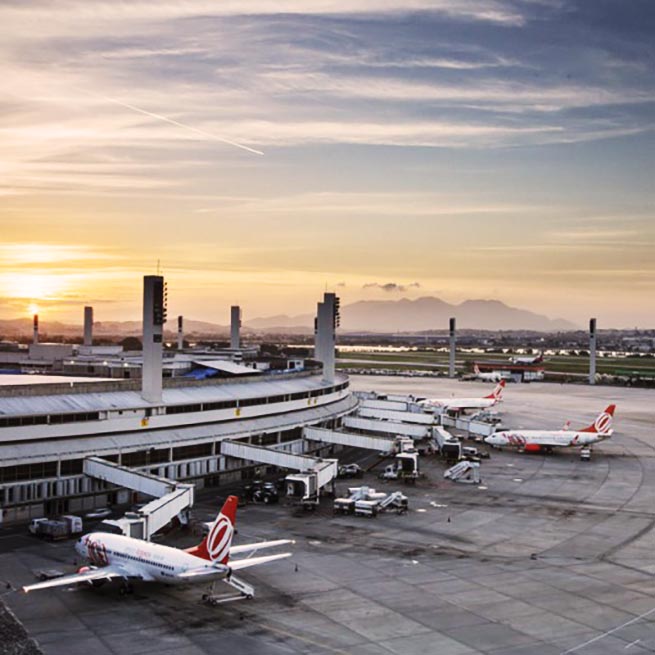
How to get to the Rio de Janeiro Carnival? Getting to Rio de Janeiro during Carnival is easy thanks to various options. International flights arrive at Galeão Airport (GIG), the city's main airport, or at Santos Dumont Airport (SDU) if you're coming from domestic destinations.
From there, taxis, apps like Uber, and buses will take you to the center. If you're already in Brazil, consider long-distance buses from nearby cities, an economical and picturesque option.
To move around the city, the metro is efficient, especially towards the Sambadrome or tourist areas.
You can also opt for shared bicycles or walking, ideal for enjoying the festive atmosphere.
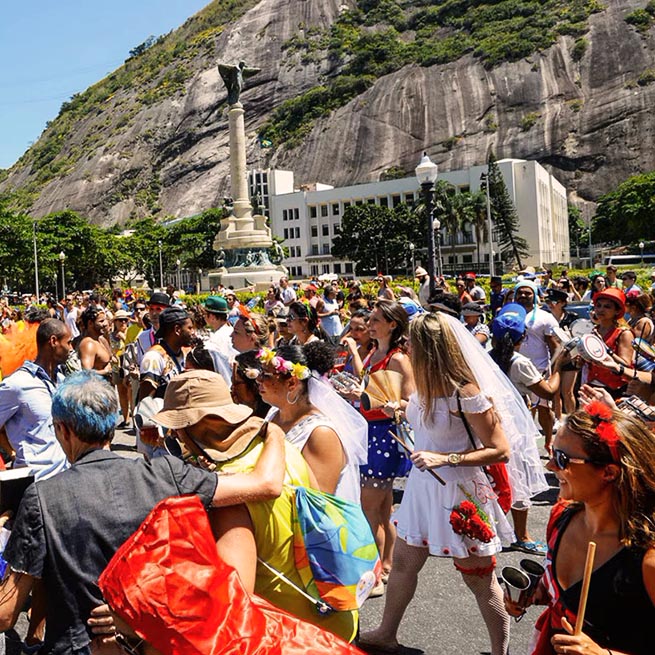
What to bring to the Rio de Janeiro Carnival? Pack light and practical for the Rio Carnival. Bring comfortable and colorful clothing, perfect for dancing and withstanding the tropical heat. A costume or festive accessories are essential to blend in at the blocos de rua. Wear closed shoes or sturdy sandals for long walks.
Don't forget sunscreen, sunglasses, and a hat for the day. A fanny pack or small crossbody bag with a closure will help keep your belongings secure. Include a reusable water bottle to stay hydrated and wet wipes to refresh yourself.
Finally, bring cash in small amounts, as many stalls do not accept cards.

Masks throughout history have been one of the most sacred objects for many civilizations. To understand why they are, it is necessary to delve into their history.

Here is everything you need to know about the history and the origins of carnival, the world’s oldest party!

Rio de Janeiro Carnival is the biggest & most famous carnival celebration in the world. Rio hosts the world-famous parades, street parties & masquerade balls.

The Tenerife Carnival is the biggest party in Europe. Here are the best suggestions to have the time of your life.

Everyone knows Rio Carnival, but here are some of the other best places around the world where you can celebrate carnival.
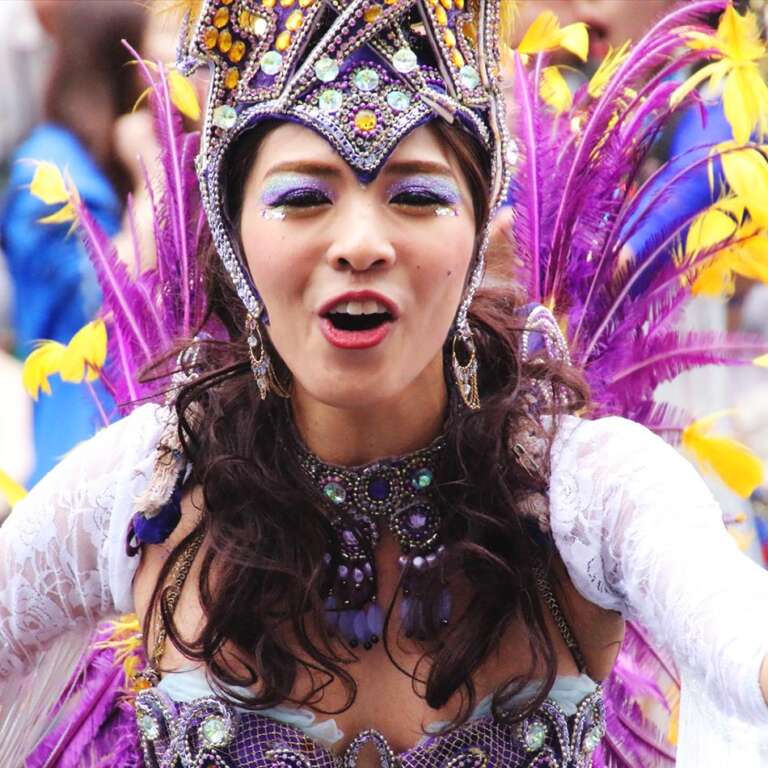
From late August to mid-September 2025
Let yourself be carried away by the magic of Brazilian samba on the streets of Japan.
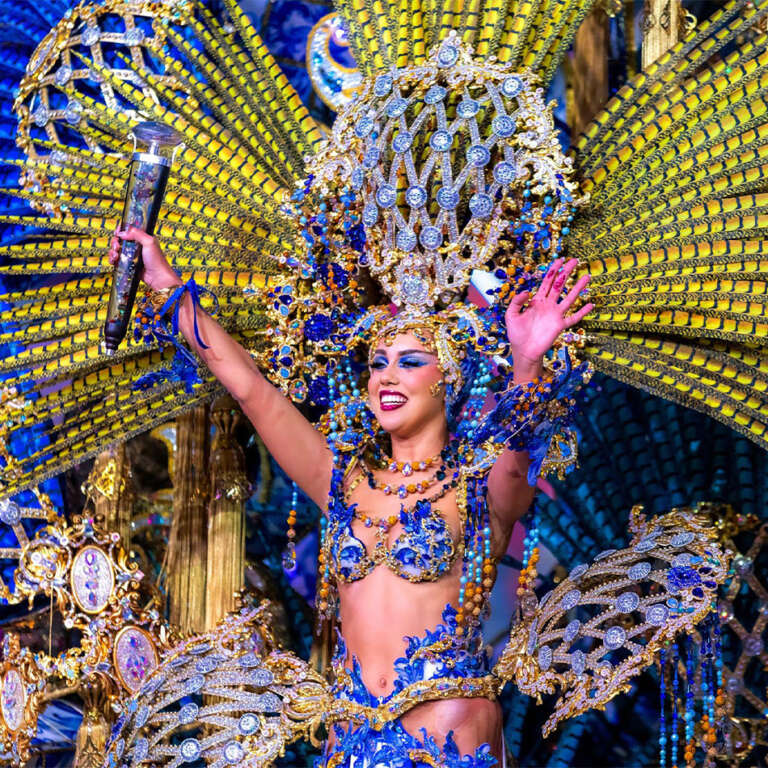
January 16 to February 22, 2026
More than 250,000 people visit Santa Cruz in Tenerife to celebrate the carnival.
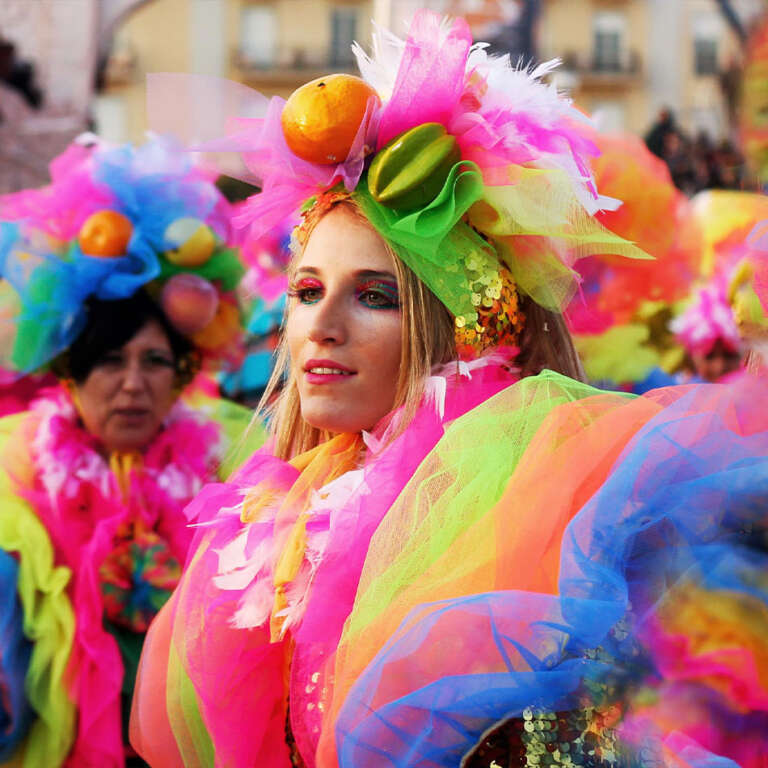
February 1 to 21, 2026
Giant floats, beautiful masks, hypnotic dances, joy, and fun.
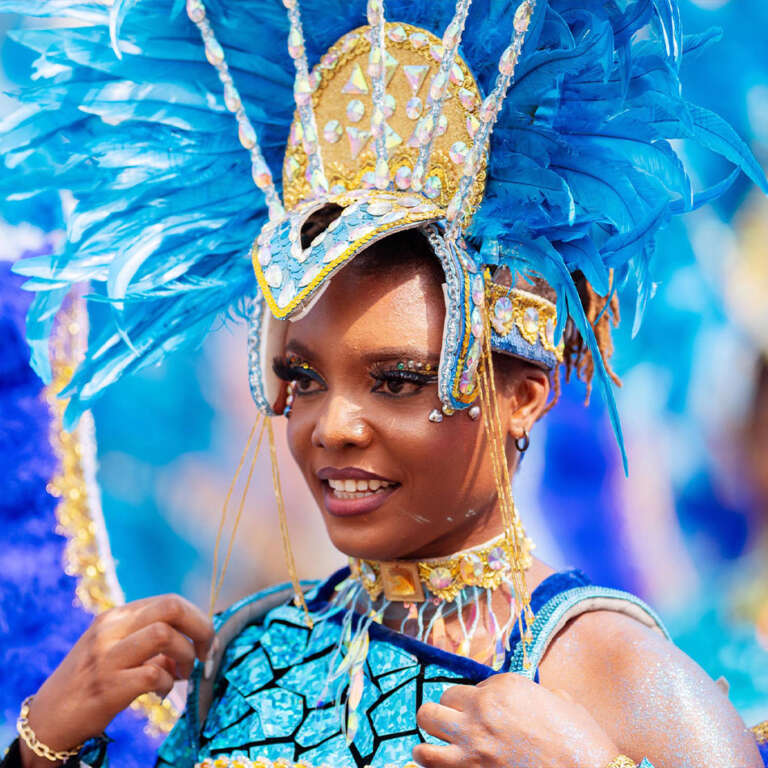
December 1 to December 31, 2025
Over two million tourists visit the Calabar carnival every year, the pride of Nigeria.
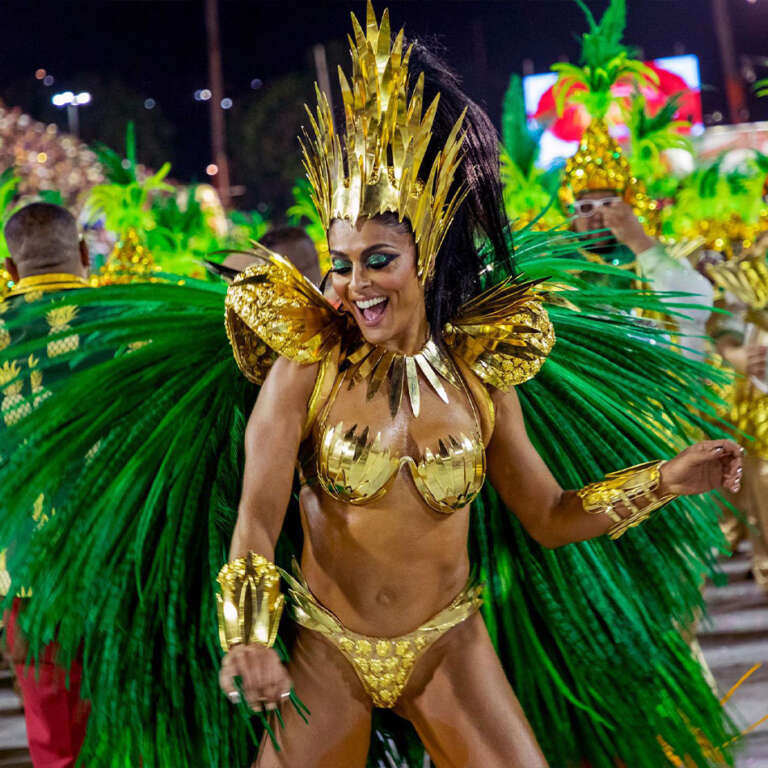
February 13th to February 21st, 2026
Parades, samba, blocos, street parties, masked dances, and nightlife.
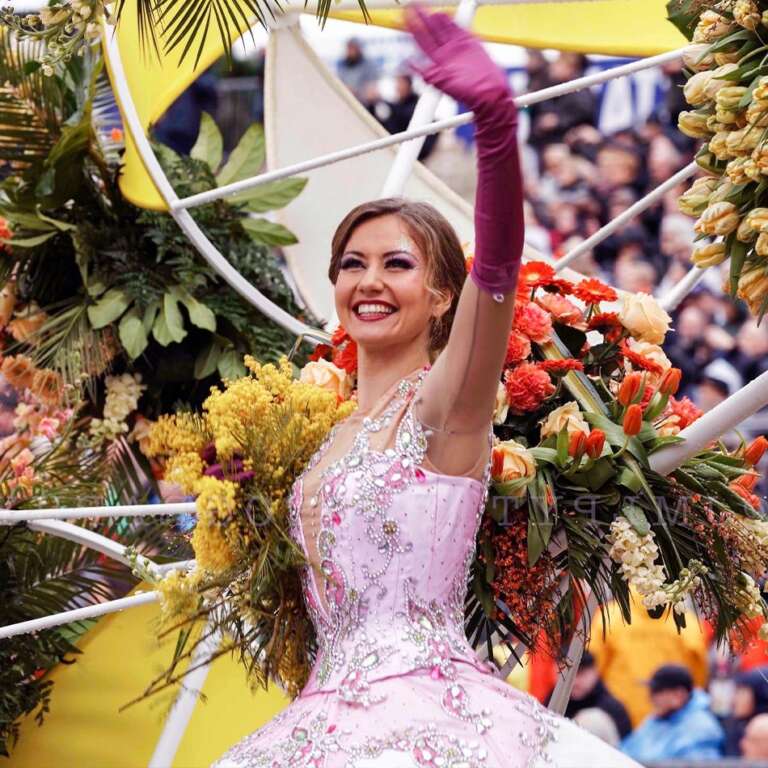
February 11 to March 1, 2026
You will be amazed by a shower of over one hundred thousand flowers falling from the sky.